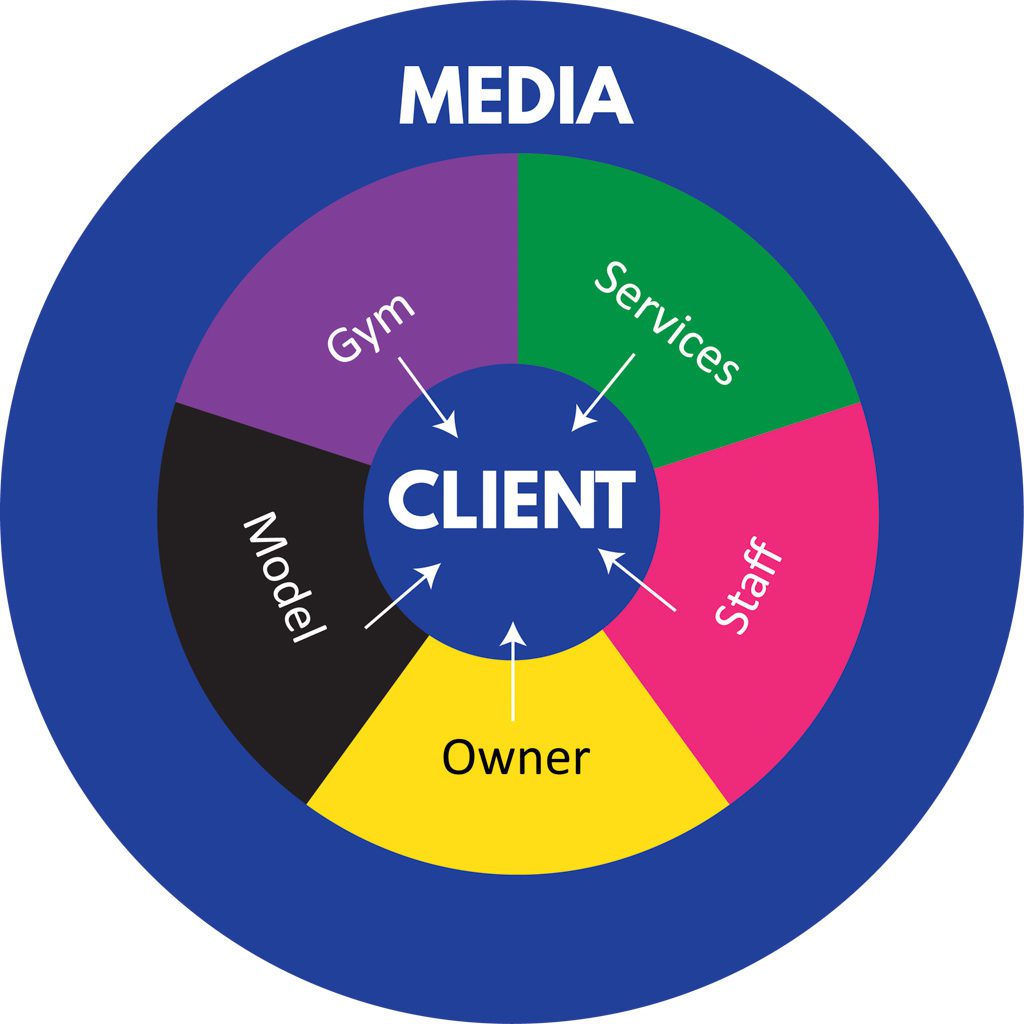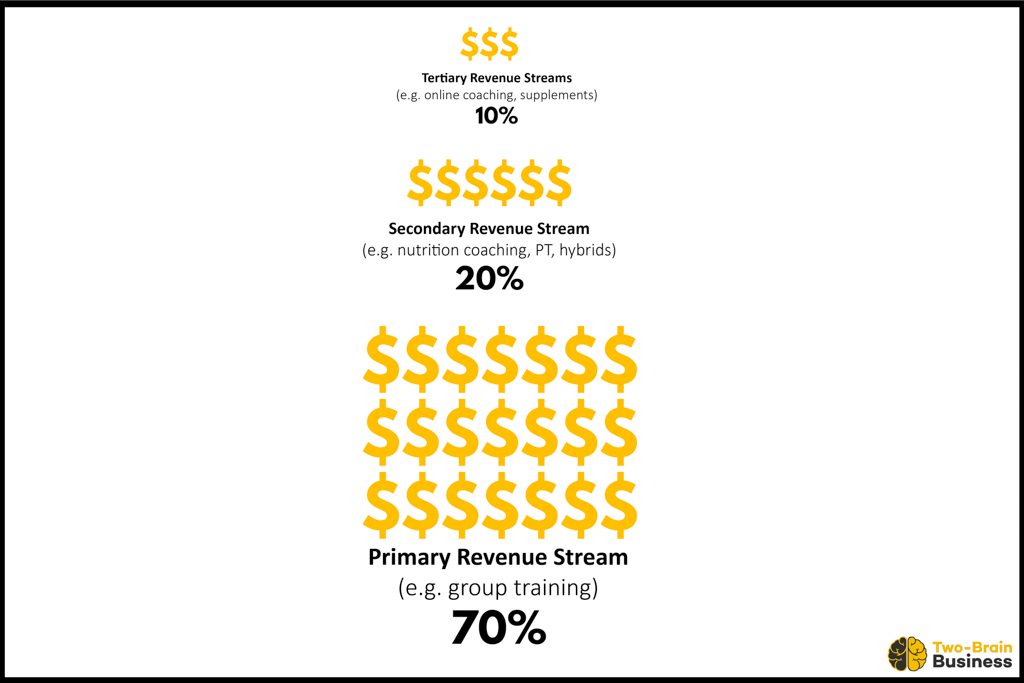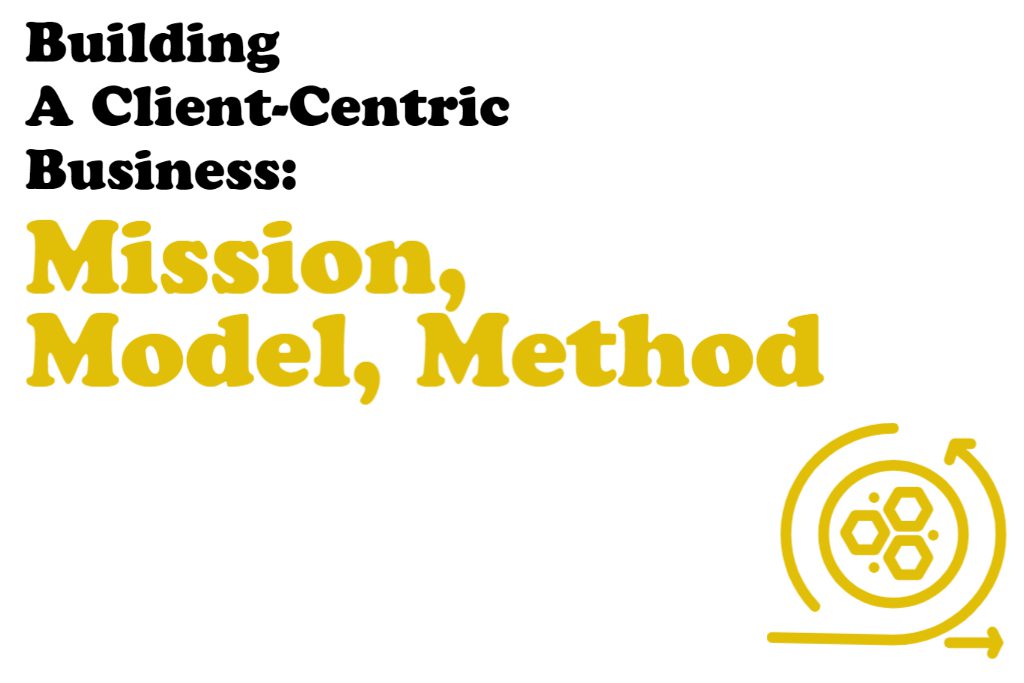What do the truly great gyms have in common?
I mean the gyms that really change their clients’ lives, create wealth for the owners’ families and really impact their towns. What’s the common characteristic?
They’re built around the needs of the client first.
In this series, I’m going to talk about building a client-centric business. This means solving the clients’ problems and being paid for it.

This doesn’t mean you give away your service for free or even deliver it for a low price.
It also doesn’t mean you adhere rigidly to one philosophy of fitness.
It really doesn’t mean that you seek the approval of other gym owners.
It means that you build your service to provide whatever clients need to reach their goals.
Building a client-centric gym is done on three levels: your mission, your model and your method.
Your Mission
My mission is to extend and improve the lifespan of 7,000 people in Sault Ste. Marie (my hometown; 7,000 is 10 percent of the population).
You can state your mission as “deliver X result to Y people.”
Your Model
Your model is determined by what your clients want to buy. We teach the Prescriptive Model because it’s a good balance of telling people what they need and letting them choose what they want.
For example, many Two-Brain gyms have a business model that looks like this:

Your model is how you deliver your method. It changes, but rarely. For example, I went from PT-only to group to the model above because that’s how our clients want to buy our service.
Your Method
Your method covers all the tools in your toolkit. What will you use to deliver X result to Y people?
Your method could be CrossFit or Tae Bo or kettlebells. It could be swim lessons or the Zone Diet. It could be a mix.
Your method will evolve over time. And it will probably evolve to include more methods. That’s fine. The businesses that fail are usually the ones that don’t evolve (or can’t evolve, like franchises).
Businesses whose methods don’t evolve are fragile. They fail when the market finds something newer or better. I mentioned Tae Bo above, but the fitness industry is littered with examples.
Our method at Catalyst evolved from cycling to a powerlifting/HIIT mix to CrossFit to Level Method to meta over the last 18 years.
One tip: If you’re using a Prescriptive Model, shifting the method is really simple.
Avoid This Mistake
Where people screw this up: They confuse the mission with the method.
When we found CrossFit in 2007, I said to a coach, “I wanna teach this for the rest of my life!” I thought I meant CrossFit, but really I just meant fitness in a group with happy people hitting PRs.
Unless you work for CrossFit, your mission is not CrossFit. CrossFit is your method. It’s also not your model: While there are still some who say “CrossFit is group training,” they’re wrong.
Another example: the myth that if you’re just better at coaching the method, the business will take care of itself. Also incorrect. Owners of thousands of failed CrossFit affiliates, yoga studios, Pilates businesses and martial-arts dojos would agree with me—except they’re all selling real estate now. It’s sad.
The bottom line: Owning a client-centric business is rewarding but challenging. You must be willing to do whatever it takes—even changing your method or your model—if that’s what gets your clients the results they want.
If you don’t change, they’ll find someone else.

